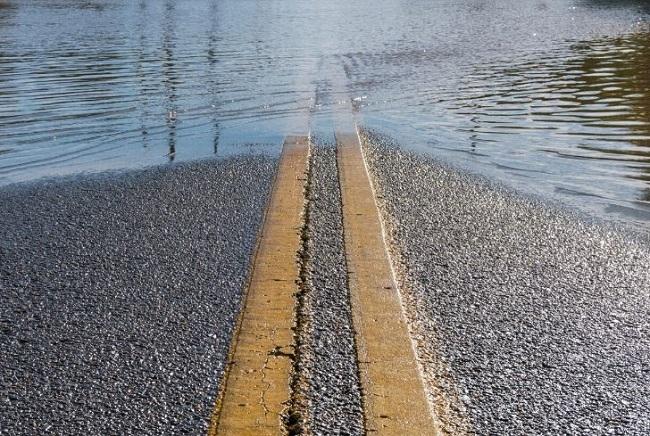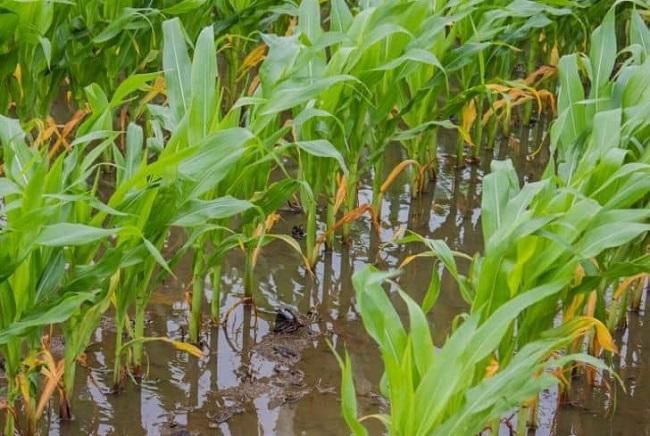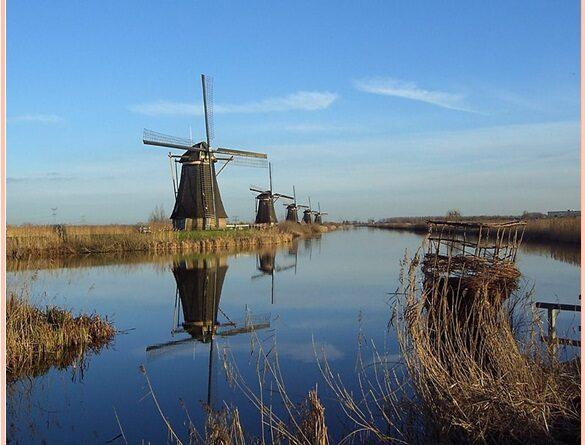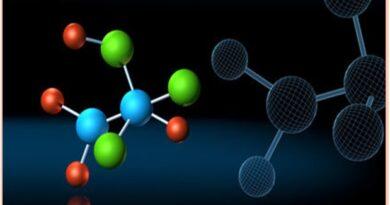Human Activity and Water logging Problem and solution
What is waterlogging?
Waterlogging is excess water in the root zone of a plant accompanied by anaerobic conditions. The excess water inhibits gaseous exchange with the atmosphere, and biological activity uses up available oxygen in the soil air and water known as anaerobiosis, anoxia or oxygen deficiency. Due to this the reduction of iron and manganese oxides also occurs. All plants, including crops, require air (oxygen) to respire, produce energy and keep their cells alive. Water logging of the soil typically blocks air from getting into the roots. With the exception of rice, most crops like maize and potato are highly intolerant to waterlogging.

Water logging is simply the saturation of soil with water, either temporarily or permanently. The soil is unable to absorb the water as it should usual When there is too much water in an area. This problem happens when the water table rises to the extent that the soil pores in the crop root zone. Due to this normal supply of air in the soil being restricted, levels of oxygen decline, and levels of carbon dioxide and ethylene increase. Water logging can be a serious problem as it does not have to be characterized by excess water on the surface. means it could be a continuing problem even without having to see the water on the surface.
In irrigated agricultural land, waterlogging is often accompanied by soil salinity as waterlogged soils prevent the leaching of the salts imported by the irrigation water. Soil profile with sandy loam surface and soils over sandy clay subsoils are susceptible to waterlogging.
Also, read- Geochemistry of Sulfur in Petroleum exploration
What is Salinization
Salinization is the precipitation of salts in soils and is found mostly in desert soils. The most common salts are halite and gypsum, Salinization is caused by dissolved salts in the water supply. This supply of water can be caused by flooding of the land by seawater, seepage of seawater, or brackish groundwater through the soil from below. However, Salinity has not been noted as a serious concern with subsurface drainage waters from humid areas. This is generally due to the higher rainfall, higher dilution capacity in surface waters, and lower initial salt content in the soil.
Unique weight loss medicine-click here
Waterlogging and salinization are harmful to plant growth and production, while waterlogging affects plant growth by reducing soil aeration around the root zone, salinization affects crop growth by increasing the osmotic potential of the soil solution.
Types of Waterlogging
Riverine Flood Waterlogging
It is a type of waterlogging which occurs during the rainy seasons, where floods come to nearby lands from the river because it carries excess water. The water is waterlogged in the land and leads to the death of a number of plants or crops.
Oceanic Flood Waterlogging
oceanic flood waterlogging is characterized by oceanic waters spreading onto nearby lands and causing waterlogging. This particularly can happen when there are extreme weathers affecting the oceans, such as hurricanes and tsunamis.
Seasonal Waterlogging
Often during the rainy seasons, runoff water might accumulate into the lowlands and depressions, leading to waterlogging.
Perennial Waterlogging
Perennial water logging happens when deep water or swamps get rainwater and the runoff and seepage water spreads onto neighboring lands.
Rise water table
This type of waterlogging occurs when water tables rise up high, especially during the rainy seasons, causing waterlogging.
Causes of Waterlogging
Physiography
The topography of the area and drainage patterns of a place could cause waterlogging. In other words, physiography determines the speed of surface runoff and the time it takes for the soil to drain surface water. For example, low-lying areas such as valleys, depressions, and flat lowlands experience more waterlogging naturally since surface flows concentrate on the lowlands, resulting in natural swamps and other waterlogged lands.
Unique weight loss medicine-click here
Weather Conditions
Weather is the natural cause of waterlogging. The areas facing constant or prolonged rainfall will tend to become waterlogged. It can be either temporarily or permanently. Heavy and consistent rains make the water table rise, resulting in waterlogging.
Soil Type
Heavy clay soils like black cotton soils, and soils prone to surface sealing, hold moisture for long periods. This soil becomes waterlogged.
Geology
Impervious strata below the topsoil, prevent the infiltration of rainfall, causing a false water table or perched water table. Areas with shallow soils and those with high water tables are also likely to become waterlogged, especially if they are subjected to heavy rainfall.
Seepage Inflows
Seepage or overflow from nearby water bodies like lakes, shallow aquifers, canals, and rivers could cause waterlogging. Subsoil flows from upper regions to lower areas could also result in waterlogging.
Excess Irrigation and Poor Drainage System
This cause of water logging is man-made and if irrigation is not well planned, drainage problems could further worsen the problem. Irrigation adds extra water to the soil profile, over the naturally-occurring rainfall.
Irrigation could result in waterlogging if there is over-irrigation, poor irrigation management, obstruction of natural drainages, seepages from canals.
Unique weight loss medicine-click here
How Preventing Waterlogging
Because each plant is different, there is no universal level of soil oxygen that can identify waterlogged conditions for all plants. A plant’s demand for oxygen in its root zone varies with the plant’s stage of growth.

According to the 2001 data, about 2.04 million hectares of land in India were suffering from the waterlogging problem under irrigation. The area represented about 4% of all irrigated area in the country, considering India is the world’s seventh-largest country by land area, it is a very big area. About 10% of the world’s irrigated lands suffer from water logging.
Control the Loss of Water
The seepage and overflow can be reduced by a number of measures. Such as- by lowering the full supply level of the canals, By lining the canal section by providing the lining with the seepage loss, and by introducing intercepting drains, which are constructed parallel to the canal.
Rainwater disposing
Rainwater should be quickly removed from the soil’s surface, preventing a rise in the level of the water table and subsequent waterlogging. The loss of percolation can be eliminated by using water more economically. It can also be achieved by keeping the intensity of irrigation low.
Use of Alkaline Water restricted
Alkaline water used in irrigation affects the soil and makes it more susceptible to waterlogging in the future. The mineral Alkali salts can accumulate on top of the soil and create a layer on the surface that prevents the surface water to drain.
Proper Drainage Systems
Proper drainage means Draining both the surface and sub-surface waters. It removes the water in a controlled and in quick manner.
Unique weight loss medicine-click here
Mulching
Mulching is a treatment measure that can help a plant grow even in waterlogged soil. Mulching involves the addition of either organic or inorganic materials that are spread on top of the soil. The mulch covers the affected land by covering the soil and helping reduce evaporation losses. Crops can continue to grow even in the waterlogged area.



